The Cochin chickens are a heritage breed that was once quite popular in North America. It is a large, stately bird with impressive feathering and comes in various colors.
Today, Cochins are still prized by backyard chicken keepers and enthusiasts for their beauty and docile nature. In this article, we will look at the history of the Cochin breed, their physical appearance, what they are like to keep as pets, egg laying, climate tolerance, and more.

History of the Cochin Chicken Breed
The Cochins that we know today originated in China and were brought over to Europe and North America in the 1840s and 1850s.
These chickens were known as Shanghai birds, or later as Cochin-Chinas.
According to the Livestock conservancy
“The breed first became popular when imported birds were given to Queen Victoria in England, starting what became known as “hen fever” – a national obsession for all things poultry that overtook America and England in the mid-1800s” source: Livestock Conservancy.
They were included in the first edition of the Standard of Excellence of the American Poultry Association in 1874. There were originally four colors available:
Black
Buff
Partridge
White
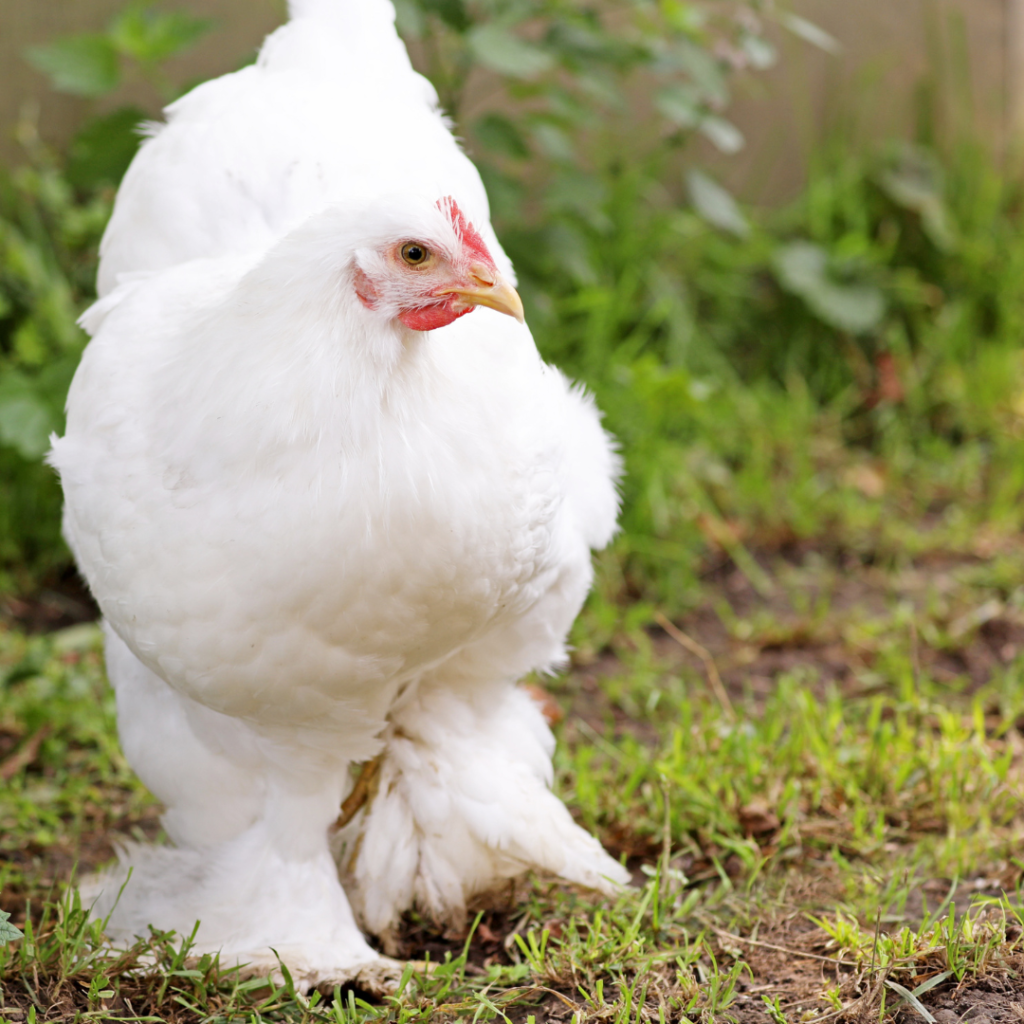
Other colors were added later:
Barred
Blue
Brown
Golden Laced
Partridge Cochin
Silver Laced
You can find all the breed varieties of large fowl as well as bantams listed with the American Poultry Association in this link here.
What is a Frizzle Cochin (Bantam)?
The average farm frizzle is not a specific breed of chicken. Frizzled birds are created by breeding a frizzled bird into a smooth (or standard) bird. Cochin, Pekin, and Polish are the three breeds most frequently used in this method.
When two birds with different textures are mated, half of their offspring will have frizzled feathers and the other smooth. The appearance is distinctive, with feathers that stick out from their bodies in all directions.
While they were created as ornamental birds, frizzle cochin chickens are now gaining popularity as pets and backyard poultry due to their friendly dispositions and unusual appearance.
Note: Because of their frizzy, fluffy feathers, they cannot fly. The frizzed cochin can’t keep themselves dry or protected from the weather, making them a poor candidate for cold climates.
Frizzle Cochin Bantams lay around three light brown eggs a week. These are bantam size.
If you’re thinking of adding a frizzle chicken to your flock, do your research to ensure that these special birds will be a good fit for your home.
Some Other Unofficial Bantam Varieties are Blue Laced, Blue Mottled, Calico, Golden Birchen, Lavender, Mille Fleur, Porcelain, Salmon, and Yellow Cuckoo bantam Cochins.
Bantam Cochins tend to lay the same amount of eggs as the standard cochin, just ‘small’ eggs.
Interested in checking out other Bantam Breeds, read this article on the Sebright Bantam Here or The Mille Fleur D’Uccle Here.
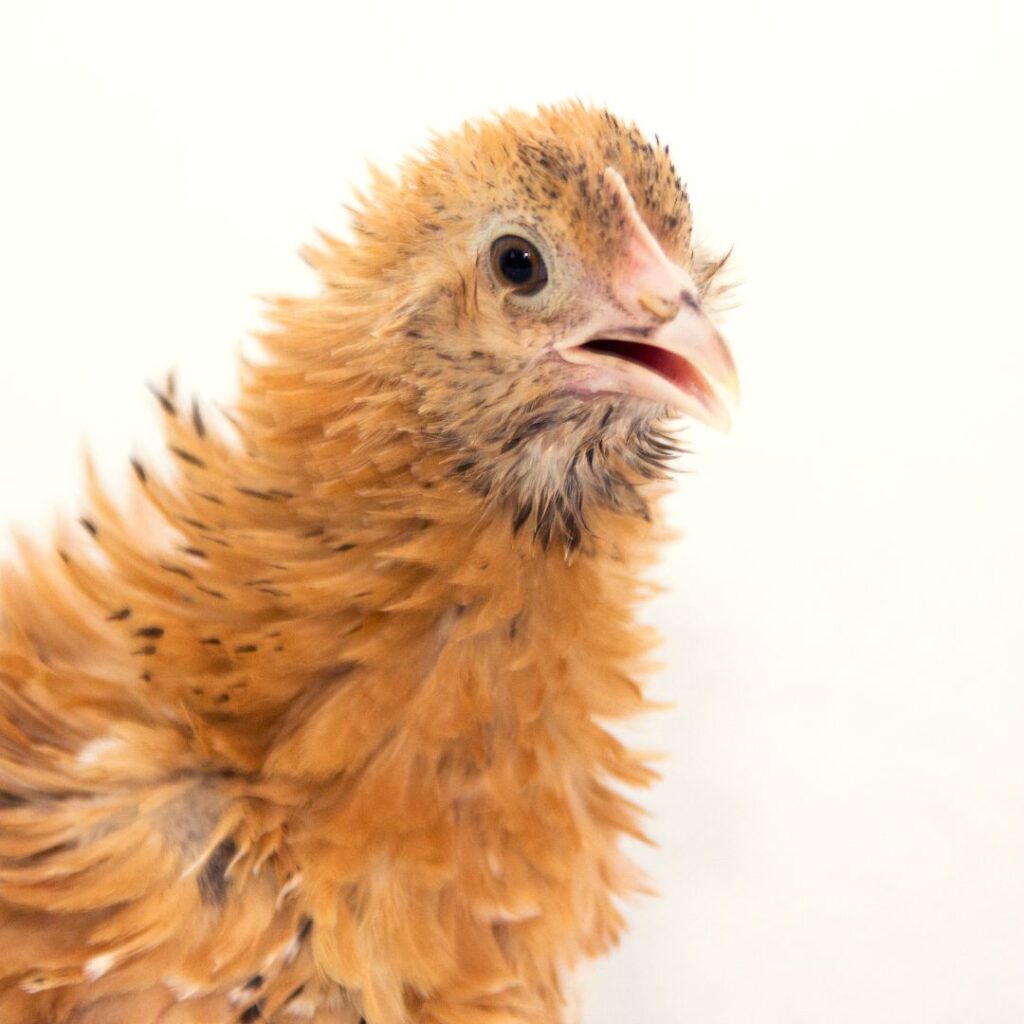
Appearance of the Cochin Chicken Breed
The Cochin chicken is a large, fluffy bird that came about through years of selective breeding. Their feathers are full, soft, and not tight like those of the Rhode Island Red. They have an endearing heart-shaped appearance from the side, and their feathering extends down their legs to their feet and outer toe feathers.
Baby cochin chicks have downy legs and feet as well, making them even more adorable than other chicks.
The cochin hens have small, rounded single combs, and the roosters have medium-sized combs. Cochin hens and roosters have small, well-rounded wattles, but the roosters’ wattles are longer. The earlobes are red. The cochin roosters weigh 11 pounds, and the hens 8.5 pounds.
Cochin Hens; Egg Production
While these birds aren’t favored for their high egg production, they still provide some consistent firm-shelled eggs at a fair to moderate rate. Most Cochin owners aren’t looking for egg production but for the appeal of this bird. The cochin hen would make a perfect ‘family’ addition to your flock.
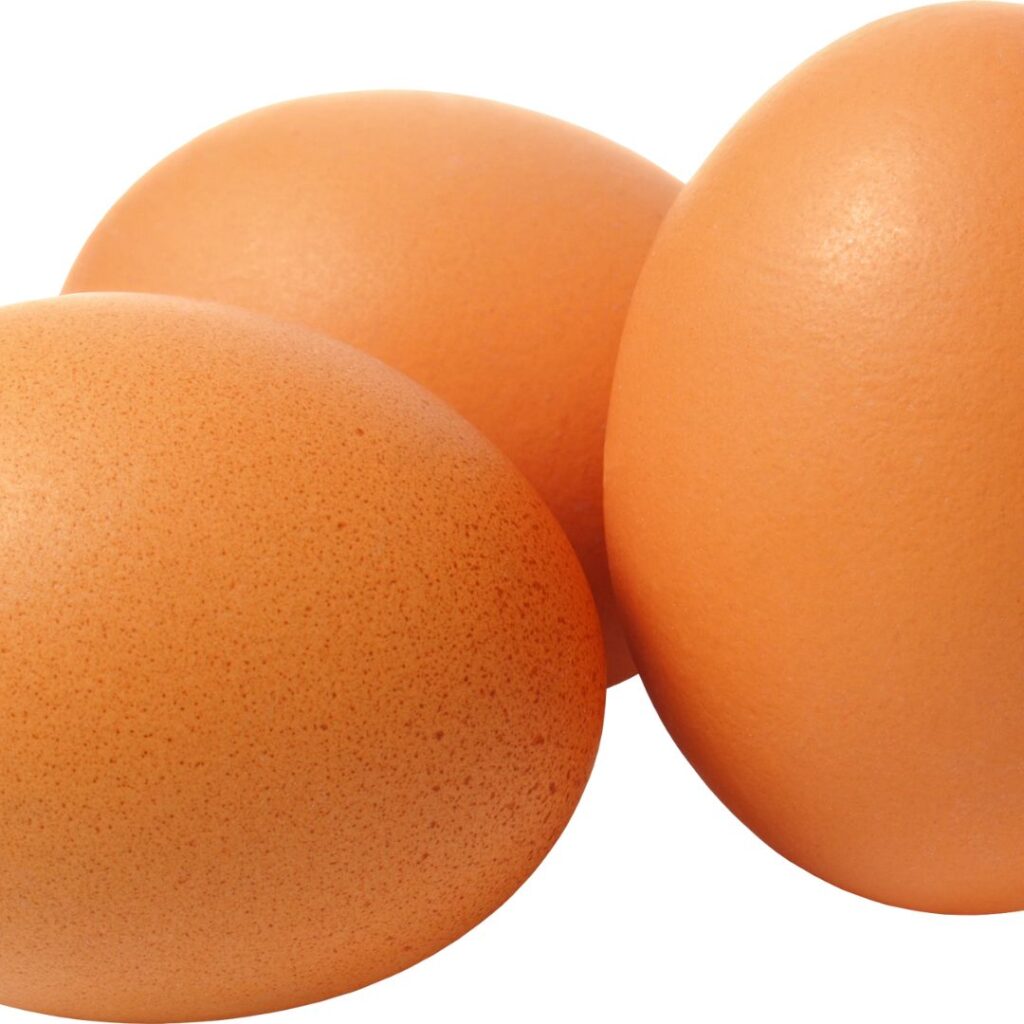
When do they start laying eggs?
Cochins mature later than many other hens. Her breed type and size play a big role in this. You can expect your hen to mature and start laying eggs around eight months (the average chicken starts between 4 – 6 months)
What size and color are Cochin Eggs?
The eggs are medium size and brown.
How many eggs do Cochin Hens Lay?
Cochin hens lay an average of three eggs per week. Hatcheries report averages of 120-160 eggs per year. While not up to a Rhode Island Red level of egg production, this is a good amount for this size and breed.
See tips on how to clean and store eggs here.
Read About The Araucauna Chicken and Their Eggs Here and The Ameraucana (blue egg layers) Here, or The Famous Easter Eggers (Rainbow Egg Layers) Here.
Read About Reasons Chickens Stop Laying Eggs here
Meat Bird
You may need to wait a while, but yes, Cochin chickens can be used as a meat birds. However, the meat isn’t up to the same standards as a Cornish Cross or Jumbo Cornish bird, which are great meat birds for a family. You’ll find more dark meat on the Cochin birds than on the cornish chickens mentioned, and the breast meat can tend to be tougher. We’d suggest only using these chickens for meat if you have too many roosters in your flock.
Cochin Chicken Breeds; Personality and Temperament
Cochins are docile chickens that do well in small backyard flocks. They are not aggressive or territorial birds, so they get along well with other breeds. They prefer to stay close to home and not venture far from their coop or run. Cochins tend to be shy around humans but can be quite friendly once they get to know you.
Are the Cochin Chickens Friendly With Other Breeds?
These fluffy feathered friends are the most gentle birds. They get along with all other breeds. However, the same cannot be said for some other breeds getting along with your cochin chicken. They’d do well with breeds like the Orpingtons and others with similar personalities.
Because of the Cochin’s docile nature and their ‘slower moving’ size, it is best to keep them with other friendly chickens that are also docile and non-aggressive. This is to protect the Cochin from bullying and being hen-pecked.

Are Cochin Roosters Aggressive?
As Roosters go, the Cochin Rooster is not an aggressive bird. Even the roosters have even been heard to sit on eggs and ‘babysit’ for a broody hen.
The Coop Size for Cochin Chickens
Space of Chicken Coop
Cochins are not super active birds, particularly in wet and cold, snowy weather. They are content staying indoors on days like that. Cochin will stay indoors for a good part of the winter months with no complaints, as long as you provide enough space.
Recommendations for inside your coop is a minimum of 10 sq ft per bird when raising a Cochin chicken. If you have a mixed flock, you still need to be sure you’ve got enough space to keep these birds happy and healthy, especially the very large breeds like Jersey Giants and Brahma.
Where they like to stay indoors, it’s important to keep the bedding on the floors clean, so your birds don’t get their feathered feet wet, which can often lead to frostbite.
Perch; size. placement, alternatives
Before you worry about size, you want to be sure to have some lower-placed perches for your Cochin. The size of this bird makes it harder for them to get up higher, and jumping down too far can damage their legs.
Place Perch approximately 12 – 15 inches off the ground.
Perches can be 12 inches to accommodate the size of the Cochin chicken.
If you have birds of various sizes, you can use something like a ladder to stagger perch heights. Other materials used are 2x4s, sturdy branches, and even upturned pails.
The point is to give the chicken a place to rest that is up off the ground. This will allow them to feel safe, keep warm in the winter and catch a nice breeze in the summer.
Your bird will also sleep here, so it’s important to use care to have enough perch/ roost space for each bird.
Nesting boxes
The Cochin is a larger girl, so she’ll need space to fit comfortably while laying eggs. The nesting box size should be no less than 14″ x 14″ and placed at recommended 12-14″ deep to keep your hen from any eggs breaking. Extra bedding in the nesting box will also help cushion the eggs from damage.
You want to provide enough nesting boxes for all your birds to lay comfortably. One nest box per 4 chickens is plenty. However, if your hen is broody (and Cochin chickens are!), you may want to increase by a couple as they’ll be hanging out there more often. If not, you may find your other hens laying in odd places where eggs can be stepped on.
Feeders and Waterers
ALWAYS make sure you have sufficient water and feed for your chickens. If you use small water containers, you may need to fill them more often or place more waterers for your chickens. With the Cochin being a larger bird comes larger thirst and appetite. Don’t be caught unprepared. Even a dog bowl can work while you find time to go buy or order a larger waterer and feed container.
For feeders, it’s best to hang the feed container approximately 8 inches off the ground. If you have ‘short’ birds, just be sure never to hang higher than the bird can easily poke her beak into for a bite to eat.
Keeping the feeder hung makes it easier for the chickens to feed and helps keep ants out of the food.

The Chicken Run
Space
While these are large fowl birds, they are not super active like some breeds. Still, you’ll need a minimum of 10 square feet per bird in outdoor space. This is where your flock will stretch their legs, get some air and grab a dust bath during the day.
Even if you’re free-ranging, your chickens should always have a safely fenced-in area to get outside.
Shelter from elements
You’ll need a coved area in your outdoor run for all seasons. Consider hanging a tarp in a corner, shade cloth in the summer, or even an old piece of plywood leaned up against the outer part of the coop or fencing.
Shelter gives your chickens a place to be protected from the hot sun, falling snow, and rain. They’ll still be able to get out but not be bothered by the elements.
Fencing height
Cochin’s don’t fly high. They may be able to reach 4 feet. You still want to be sure your fencing height is correct for your highest flyer. Although only four feet are needed for Cochin birds, we still recommend a minimum of 6 feet to help keep predators out.
Also, consider adding hardware cloth overrun area if you tend to have hawks in your area (A known chicken predator). Although, hawks are unlikely to target a Cochin because of their size.
Dust Bath
Every chicken needs a dust bath, and this heart-shaped fluff ball is no exception. Set up an area where your birds can clean and rid themselves of unhealthy mites and lice while keeping those fluffy feathers looking beautiful.
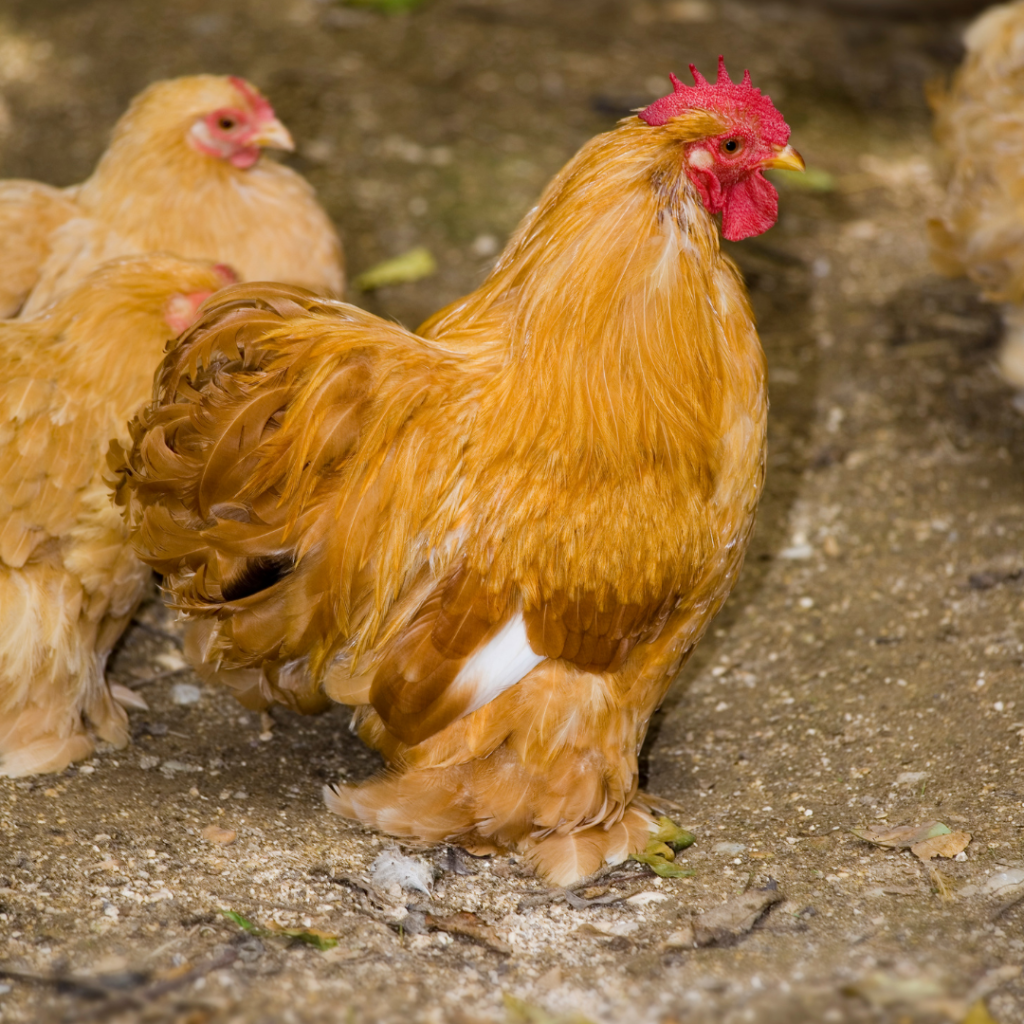
Free-Range and Foraging for The Cochin chicken
You can let your Cochin free range, but don’t be surprised to find them sticking close to the coop or even wandering back in. They’re not adventurous or curious birds, more homebodies.
However, if they are out, be sure all the birds in your flock have access back into the coop to get feed and water.
Are Cochin Chickens Noisy?
This breed makes the top 5 list of quieter chickens. While they make a little raucous when laying, they are not chatty or loud. Even the roosters will do less crowing than some other breeds.
The Cochin is the good neighbor bird. If you live in the city or have nearby neighbors in the suburbs, this breed should be on your list to consider.
Cold Hardy
Cochin is a large, fluffy, cold, hardy bird, meaning it can tolerate colder climates better than some other chicken breeds. This makes them a popular choice for people in colder climates, as they can keep chickens year-round.
Check out this article if you are interested in helping your hens lay eggs in the winter.
Pro: Their small combs and wattles make them less susceptible to frostbite. However, this isn’t the case with the cochin rooster, who has a larger wattles.
Con: Their feathered legs and feet can easily be vulnerable to frostbite if they get wet. For this reason, you want to provide a dry, sheltered area both in the coop and the outdoor run area.
Coop Prep
Preparing your coop for winter will protect your investment and the health of your bird and limit predator issues. Be sure you have a well-ventilated coop, which will help reduce moisture, meaning roof vents. Also, seal any cracks in walls, holes in floors, etc.
If you can, insulate the coop. Some hobby farmers use bales of straw stacked outside of the coop to insulate for winter, then use straw for bedding and in their gardens.
Waterers and Feeders
Water freezes easily without some sort of a heated waterer. However, if you don’t have access to electricity, you will just need to change the water more often during the day. The early morning then around noon, and possibly again mid-afternoon.
Keep feeders and waterers inside the coop during the winter.
Frostbite Considerations
You’ll reduce the risk of frostbite if you have a dry coop, clean bedding/litter, and a shoveled space. However, for the roosters, you still may want to consider using petroleum jelly or Musher’s Secret Dog Paw Wax on their wattles.
Frostbite can and is extremely painful for your flock. This can lead to other health problems and even the loss (death) of your bird(s). Taking measures up front will save you heartache later.
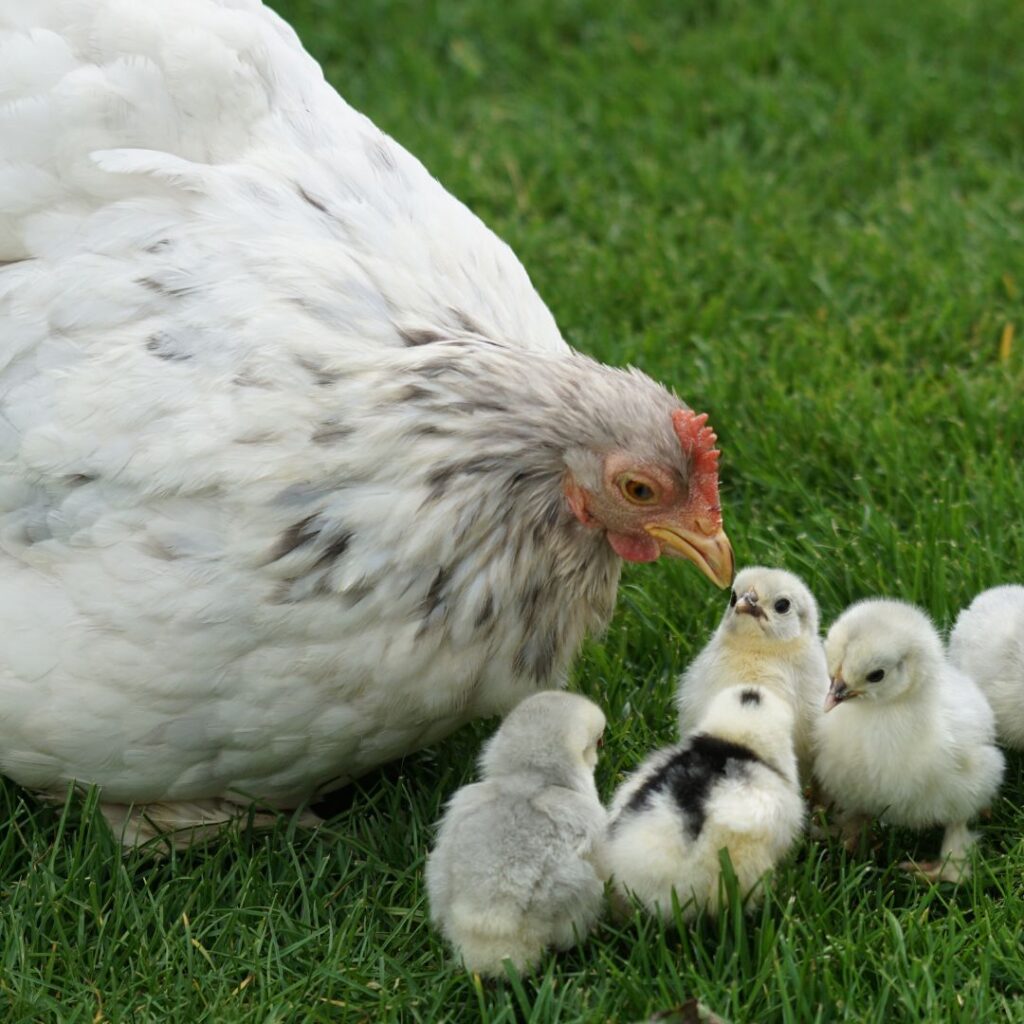
More on Winter Care of Chickens can be read here
Heat Tolerant
These birds are not known for being Heat Tolerant. Both their size and fluffy feathers can contribute to heating them up easily. There are some coop and run preparations you can plan for to help them survive and thrive in hot weather.
Coop Prep A well-ventilated area is essential, but adding air circulation/ cross breeze areas will be important to allow your Cochin to keep from overheating. Screen doors and screen windows can go a long way in helping.
Waterer and Feeder Needs – Summer months mean ‘warm water’ happens quickly. One of the best ways to help keep cool, fresh water for longer is to add ice cubes to the waterers. Water early in the day and again throughout the day. Your Cochin will need plenty of hydration while the summer sun heats things up around them.
Treats – Cool weather hydrating treats such as melons, corn cobs, and lots and lots of frozen options. You can make your frozen treats by putting garden or kitchen scraps along with some scratch into a bowl or pot of water, let freeze overnight, then pop out and leave in your Cochin chicken’s run area.
Potential Health Issues of The Cochin
A health concern to be aware of is obesity. Cochins are large, slow-moving birds that prefer being fed by their chicken keeper over foraging for food. To help maintain their weight, measure and ration their food. However, this is hard to do if you have a flock of various breeds.
It’s tough to tell if your bird’s weight is changing just by looking at her; those fully fluffy feathers can be good camouflage for an overweight chicken.
Where they’re not big foragers, you can try to tempt them with some fresh, frozen, or even cooked veggies out in the run. This can help with their diet.
Life Expectancy of the Cochin Chickens
These feathered fluff balls will be around for a while. With proper care and protection from predators, you’ll get to know your Cochin chicken for eight to ten years.
Cochin Chicken: Final Thoughts
Overall, Cochins make great backyard chickens for those looking for docile birds that are relatively easy to care for. They don’t require much space and don’t mind being confined to a run or coop as long as they have enough room to move around comfortably. They make good pets for children since they are not aggressive birds.
However, because they tend to be shy around humans, you’ll want to start hand feeding and slowly petting or handling these adorable large feather-legged chickens while young.
Although it’s not confirmed, we can confidently say that Alice the Chicken from Green Acres was a Cochin hen.
Be Sure To Read About Our 15+ Top Egg Laying Hens
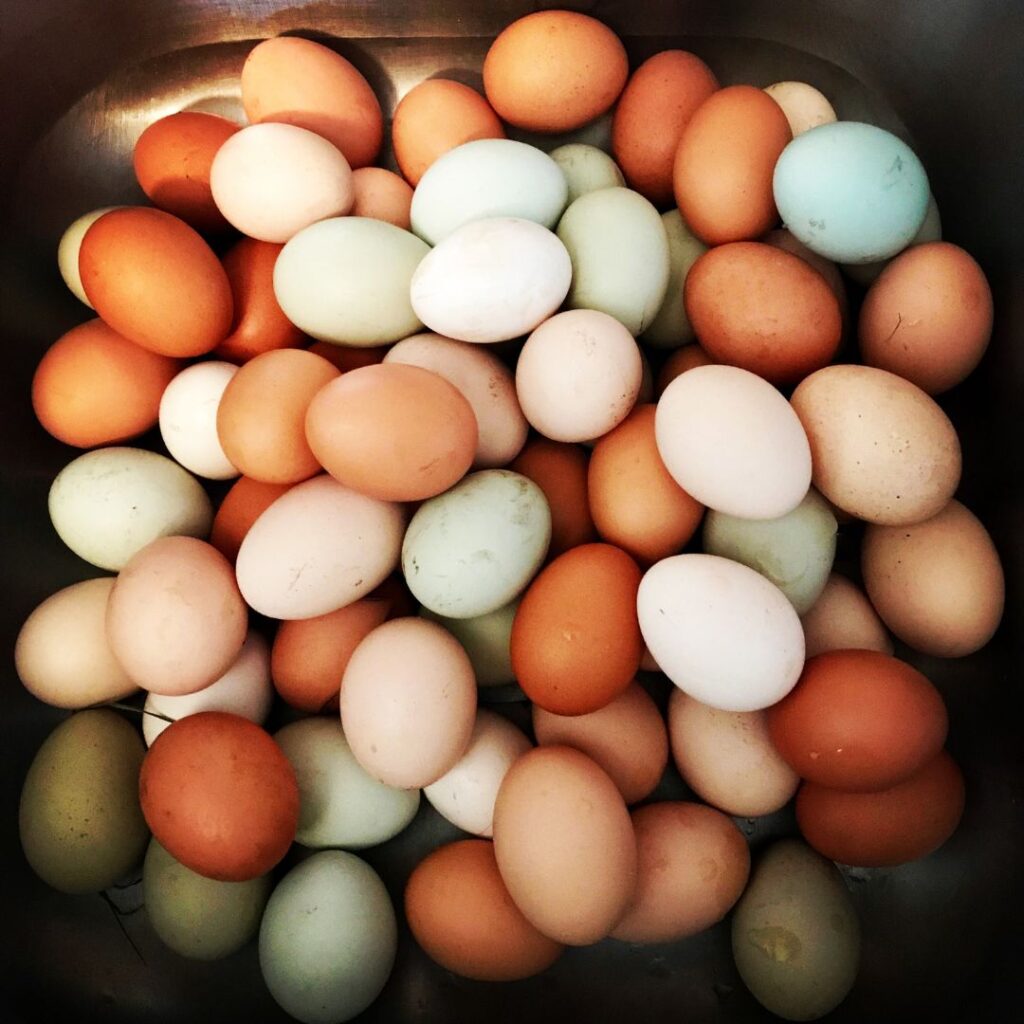

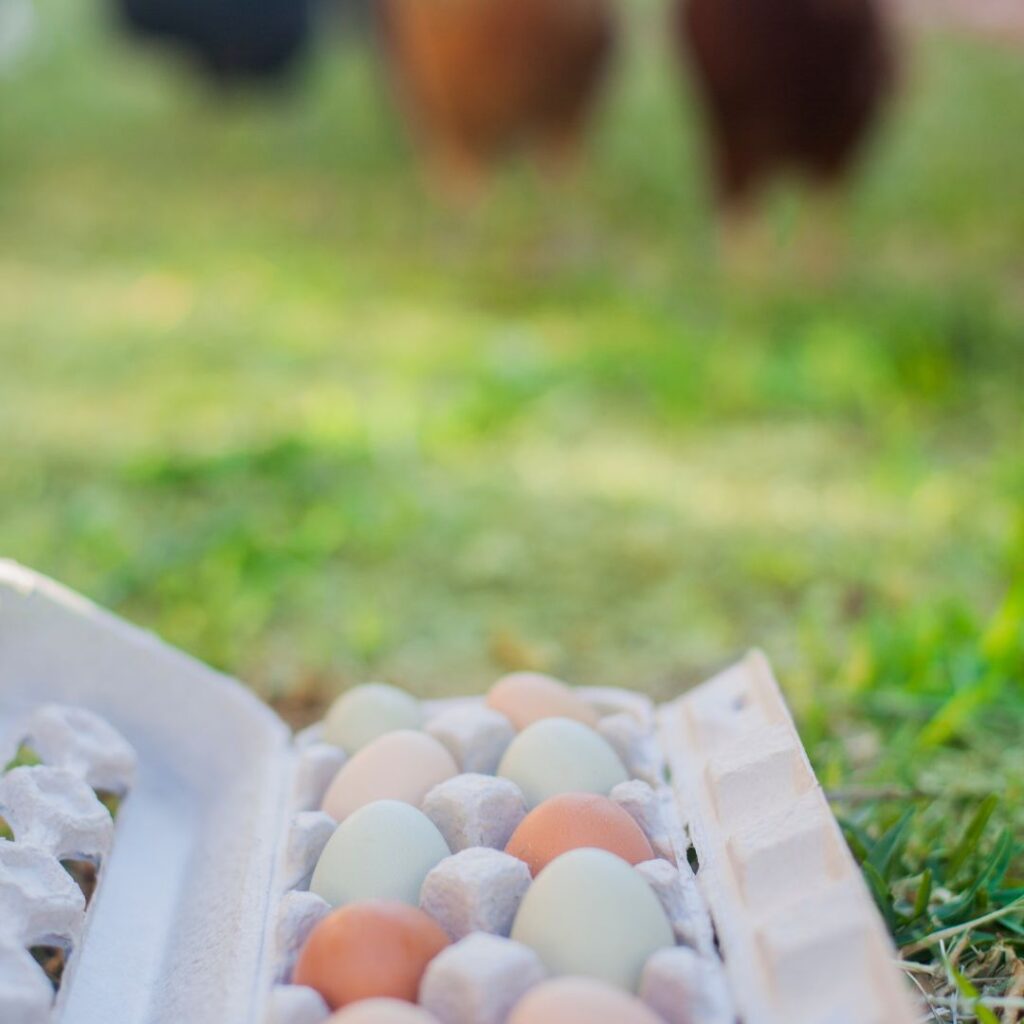
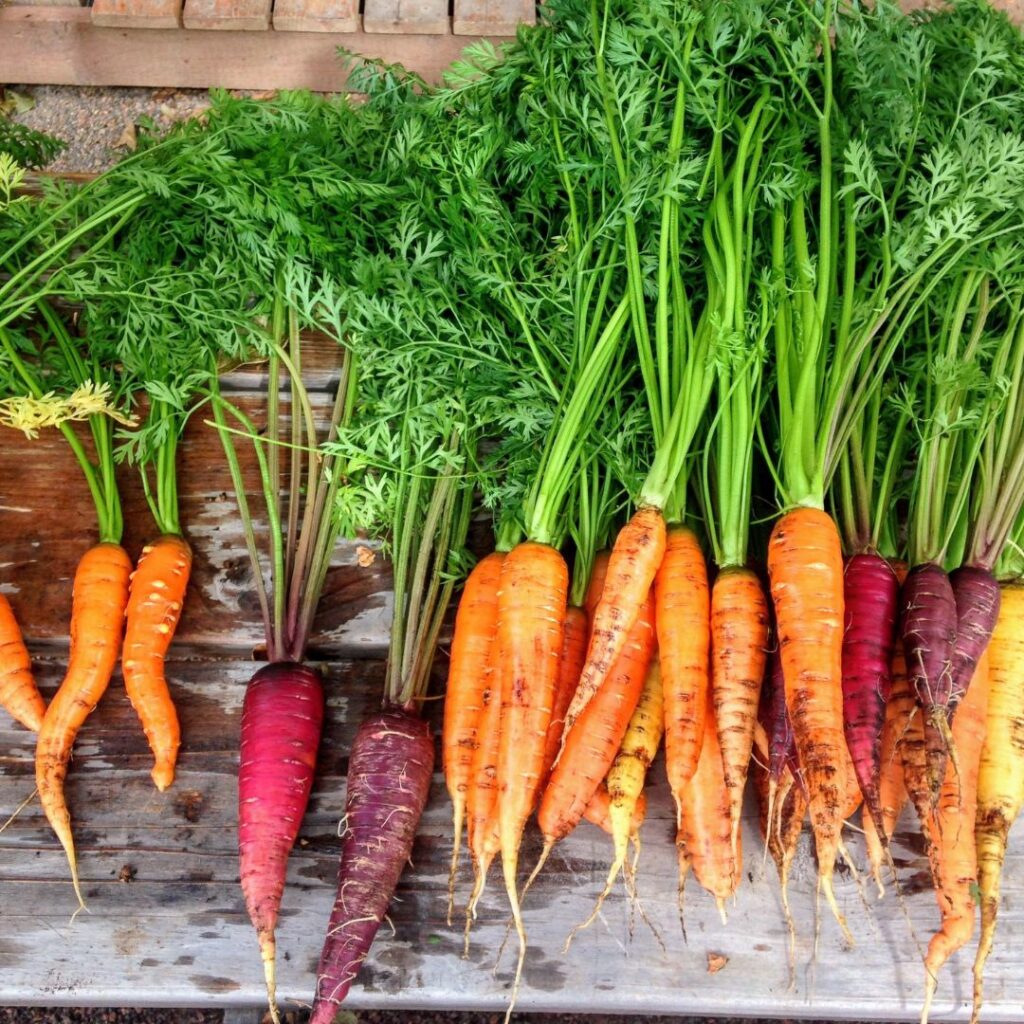
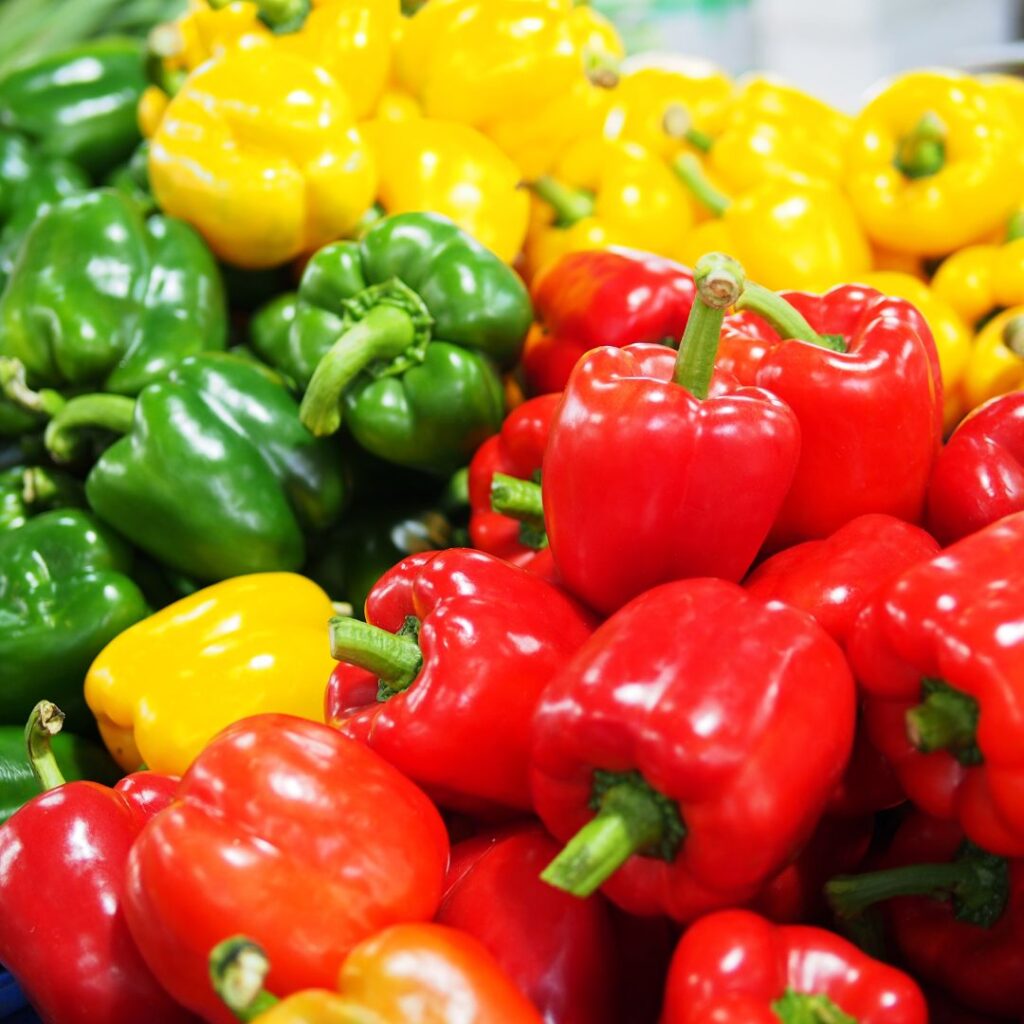
Pingback: Jersey Black Giant Chickens: The Breed For You? - Gilmore's
Pingback: Raising Backyard Chickens; Tips For Beginners - Gilmore's
Pingback: 7 Tips; How To Keep Chickens Out Of Gardens, Flower Beds - Gilmore's
Pingback: 18 Cold Hardy Chicken Breeds For Harsh Winters - Gilmore's
Pingback: French Black Copper Marans Chicken, About Eggs, Care, History